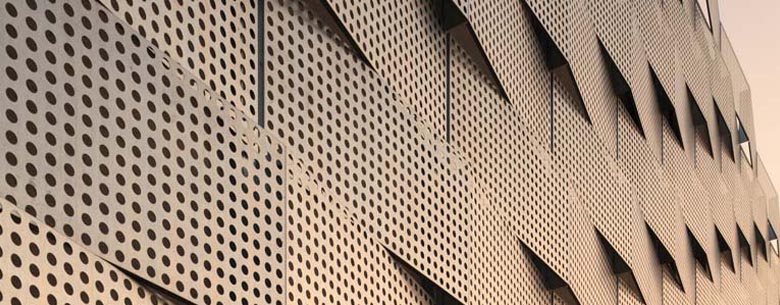The Price of Stainless Steel Grating An Overview
Stainless steel grating is an essential material in various industrial and architectural applications due to its durability, corrosion resistance, and aesthetic appeal. The price of stainless steel grating can vary widely based on a number of factors, including material type, design, size, and manufacturing processes. Understanding the intricacies of these factors can help buyers make informed decisions when it comes to purchasing stainless steel grating for their specific needs.
Factors Influencing Price
1. Material Composition The grade of stainless steel significantly influences the price. Common grades include 304 and 316 stainless steel. While 304 stainless steel is more economical and suited for indoor and non-corrosive environments, 316 stainless steel is a higher-grade material designed for more harsh environments, particularly those involving exposure to saltwater or chemicals. The increased resistance to corrosion of 316 stainless steel comes at a premium, making it more expensive.
2. Design and Type Stainless steel grating comes in various designs, such as welded, bar, and pressed grates. More intricate designs may require advanced manufacturing techniques, consequently increasing production costs. Additionally, the type of grating selected influences price; for instance, heavy-duty grating designed for load-bearing applications typically costs more than standard pedestrian-grade grates.
3. Size and Dimensions The dimensions of the grating pieces also play a crucial role in pricing. Larger sizes and custom-cut options often lead to higher costs due to the additional raw material required and the complexity of cutting and finishing processes. Standard sizes produced in bulk may benefit from economies of scale, resulting in lower prices.
stainless steel grating price

4. Finishing and Coating While stainless steel is already resistant to rust and corrosion, added finishes or coatings can further enhance these properties. Electropolishing, for instance, provides a smooth surface that minimizes dirt accumulation, while powder coating can add color and additional protective layers. However, these additional treatments also come with added costs.
5. Supplier and Market Dynamics Prices may vary between manufacturers and suppliers based on their operational costs, market demand, and availability of materials. Economic factors such as tariffs on imported steel and fluctuations in raw material prices can also affect the overall cost structure of stainless steel grating.
Average Pricing
On average, the price of stainless steel grating can range from $20 to $100 per square foot. For basic 304 grade grating, prices typically fall on the lower end, while premium 316 grade options and custom designs can push prices to the higher end of the spectrum. Bulk purchases and long-term contracts may also provide leverage for negotiating volume discounts.
Conclusion
The price of stainless steel grating is influenced by a multitude of factors, making it essential for purchasers to consider their specific requirements and usage scenarios carefully. By understanding the significance of material grades, design types, sizes, finishing options, and market dynamics, buyers can navigate the pricing landscape more effectively. Ultimately, investing in high-quality stainless steel grating not only ensures safety and durability but also contributes to the long-term value of projects, making it a worthwhile consideration for any industrial or architectural endeavor.
-
Why Galvanized Trench Cover Steel Grating Resists Corrosion
NewsJul.10,2025
-
The Versatility and Strength of Stainless Expanded Metal Mesh
NewsJul.10,2025
-
Load Calculations in Steel Grating Platforms
NewsJul.10,2025
-
Keeping Pets and Kids Safe with Chicken Wire Deck Railing
NewsJul.10,2025
-
Hole Diameter and Pitch for Round Perforated Metal Sheets
NewsJul.10,2025
-
Aluminium Diamond Mesh in Modern Architecture
NewsJul.10,2025
Subscribe now!
Stay up to date with the latest on Fry Steeland industry news.

